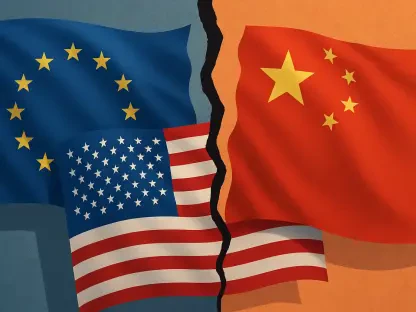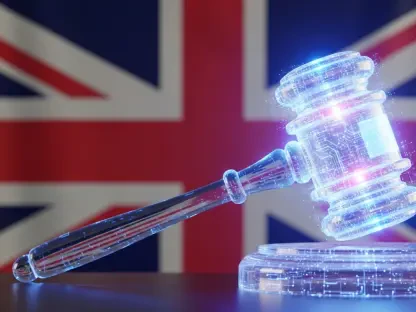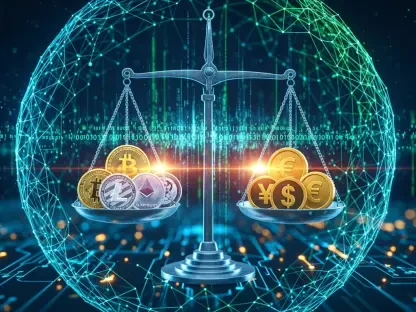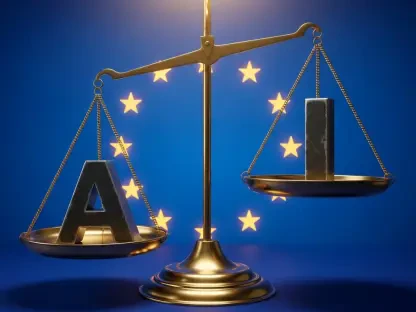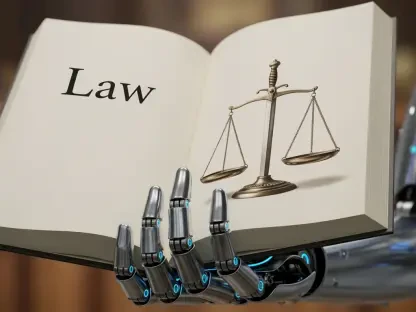Artificial intelligence is making waves in various sectors, including government regulation processes. Imagine technology untangling endless bureaucratic red tape, streamlining processes that traditionally require vast human resources and lengthy deliberations. For governments, particularly those focused on deregulation, AI presents unparalleled possibilities. However, these opportunities come with complex challenges—the delicate balance between leveraging intelligent machines proficiently and safeguarding discerning human judgment. Dive into the intricate dynamics of AI’s role in governmental regulatory deregulation to assess whether its potential truly matches its promise.
Pathways and Potentials
Artificial intelligence has steadily gained prominence within government regulatory activities, driven by its capacity to revolutionize decision-making processes. Principles such as machine learning and data analytics are pivotal in enhancing AI’s effectiveness in these domains. As governmental bodies grapple with cumbersome regulations, AI has emerged as a transformative tool, offering solutions to expedite and optimize operations. The convergence of technological advancements and administrative needs creates a fertile ground for AI to take center stage in reshaping governmental processes.
Two core areas where AI flexes its muscles in regulation are accelerating decision-making processes and ensuring compliance verification. As decision-making becomes more complex across government layers, AI’s data-driven insights facilitate rapid yet informed resolutions. This aligns with pressing deregulatory agendas and helps manage unexpected crises efficiently. Moreover, AI aids in compliance verification by streamlining tasks such as identifying discrepancies and enforcing standards. By automating these labor-intensive functions, AI ensures regulations are consistently and accurately adhered to.
Emergent Tendencies
Recent developments reveal a surge in AI’s application within deregulation efforts, reflecting shifts in governmental strategies. As AI’s capabilities continue to expand, many agencies and sectors are harnessing its power to address inefficiencies within regulatory frameworks. Innovative uses of AI, such as adaptive algorithms and real-time data processing, indicate a strategic pivot toward a future where regulatory processes are more agile and responsive. This evolution underscores a growing acknowledgment of AI’s potential to redefine traditional governance mechanisms responsively.
Practical Deployments
The integration of AI in deregulation is not hypothetical; tangible real-world applications demonstrate its capabilities. Several government sectors, such as environmental agencies, economic departments, and regulatory commissions, are already employing AI to identify outdated regulations and streamline compliance protocols. Through machine learning models and predictive analytics, these entities successfully enhance operations, crafting a modern approach to governance. Examining specific case studies where AI has transformed regulation unveils the possibilities and limits of these technologies in practical use.
Hindrances and Constraints
Despite promising prospects, AI in government deregulation encounters significant challenges. Legal, ethical, and technical hurdles frequently arise, calling for careful navigation. Concerns regarding transparency, bias within AI systems, and potential erosion of human oversight raise crucial debates about AI’s appropriateness in government applications. Additionally, the integration process demands robust solutions, including skilled workforce recruitment and ongoing development efforts, to resolve prevailing difficulties. Addressing these barriers becomes imperative for AI to deliver on its transformative promise responsibly.
Future Trajectories
As AI continues to evolve, its role within government regulation is poised to advance. Future breakthroughs could facilitate more sophisticated models, improve AI’s predictive accuracy, and foster stronger human-machine collaboration. Such developments promise to elevate governance efficiency, potentially influencing policymaking and regulatory frameworks. Exploring AI’s future prospects reveals not only emerging capabilities but also the long-term implications of its application, providing thought-provoking insights on the direction the government’s regulatory landscape might take.
Summative Verdict
Reflecting on AI’s current role and anticipated impact within government deregulation underscores a narrative teeming with possibilities yet filled with cautionary notes. While AI offers unprecedented opportunities to streamline complex, multi-layered regulatory procedures, it introduces significant risks and challenges that necessitate vigilant management. To harness AI effectively, governments must strike a balance, promoting transparent practices, ensuring skilled oversight, and fostering fertile environments for technological integration with sensitive discernment. As the narrative unfolds, the potential of AI in reshaping public-sector regulatory paradigms remains a compelling yet cautious topic of exploration.




